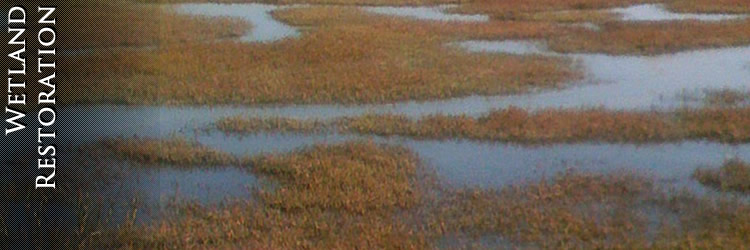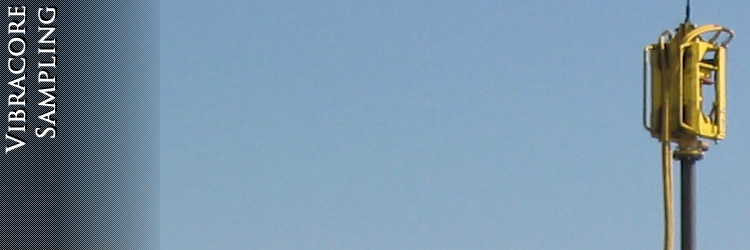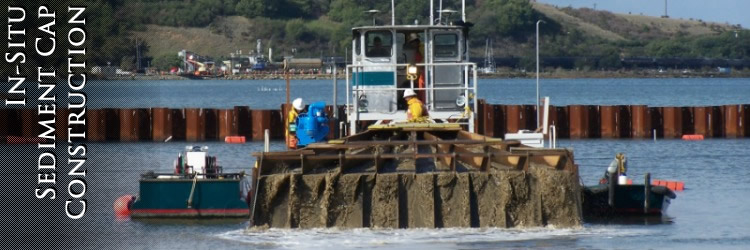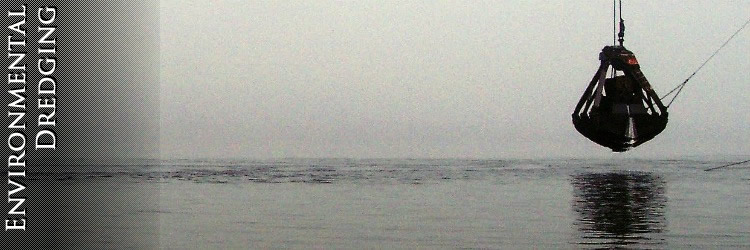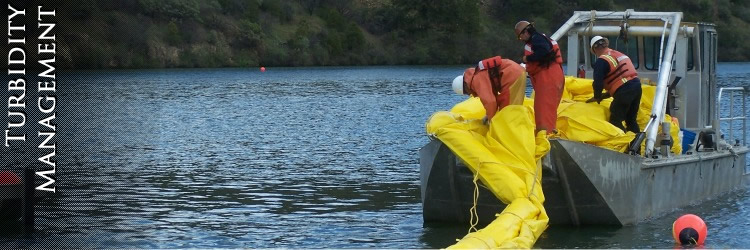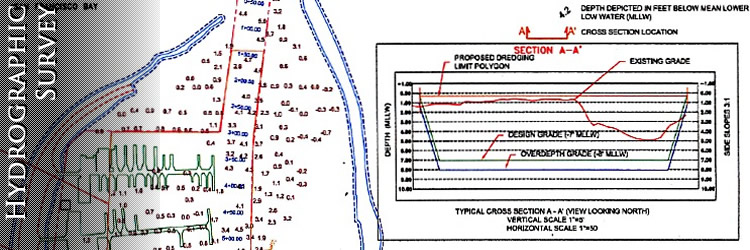ENVIRONMENTAL DREDGING OF CONTAMINATED SEDIMENTS
Dredging can be defined as the process of excavating marine sediment. There are many reasons why underwater sediments may need to be removed such as deepening a harbor or waterway. DMS utilizes the dredging process to remove submerged contaminated soils for environmental remediation projects. Dredging can be accomplish via two methods:
|
The contaminated "spoils" (dredged sediment), need to be dewatered in order to be properly disposed of. Dredged materials are then deposited or pumped (hydraulically) into a containment vessel such as a holding pond, dewatering pad or specially fabricated Geotubes where the water separates from the sediment under the force of gravity. Every project is unique and the combined method for dredging and material handling will in turn be unique to the site.
Contaminated sediments need to be handled and disposed of in accordance with State and Federal environmental regulations. The U.S. Clean Water Act requires that any discharge of dredged or fill materials into "waters of the United States," including wetlands, is forbidden unless authorized by a permit issued by the Army Corps of Engineers, therefore all dredging activity is closely monitored and regulated. DMS employs Turbidity Management and Water Quality Monitoring methods to ensure that no hazardous materials are allowed to escape into the environment.
Contaminated sediments need to be handled and disposed of in accordance with State and Federal environmental regulations. The U.S. Clean Water Act requires that any discharge of dredged or fill materials into "waters of the United States," including wetlands, is forbidden unless authorized by a permit issued by the Army Corps of Engineers, therefore all dredging activity is closely monitored and regulated. DMS employs Turbidity Management and Water Quality Monitoring methods to ensure that no hazardous materials are allowed to escape into the environment.

Dixon Marine Services, Inc.
P.O. Box 424 Inverness, CA 94937
Office: 415.669.7369 Fax 415.669.7409
DMS
